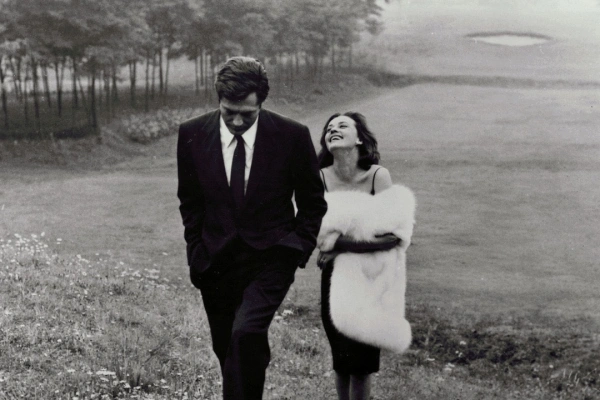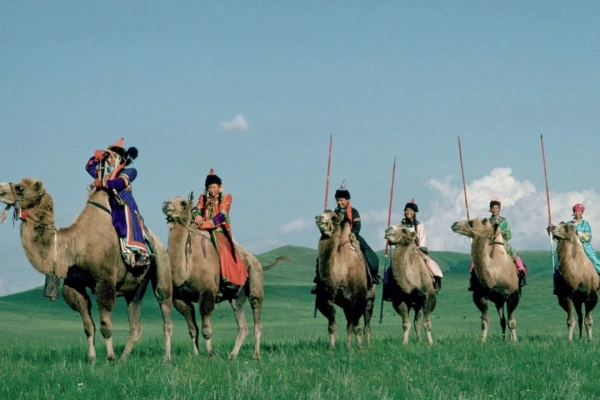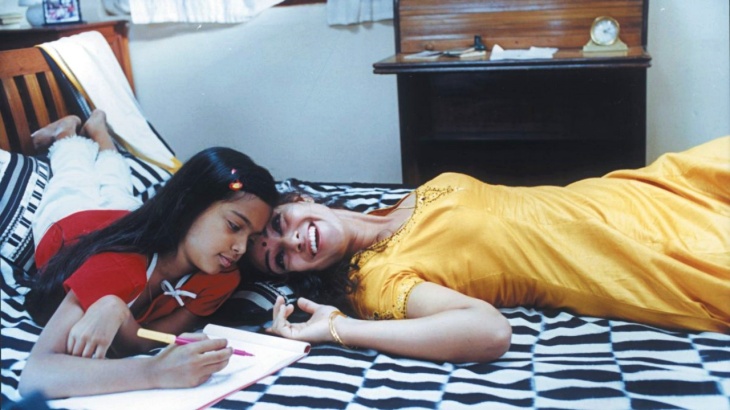A milestone of popular Indian cinema, this enduring classic is a lavish epic about the taboo romance between a prince and a court dancer, and how love might triumph over power.

Review #2,046
Dir. K. Asif
1960 | India | Drama/Romance/War | 197 mins | Urdu
PG (passed clean)
Cast: Prithviraj Kapoor, Madhubala, Dilip Kumar
Plot: Set in the 16th century AD, the film follows the fate of Prince Saleem, son of Emperor Akbar, who meets the disapproval of his father when he falls for the beautiful, ill-fated court dancer Anarkali, whose fervor and intensity perpetrates a war.
Awards: Won Best Feature Film in Hindi (National Film Awards)
Source: Shemaroo Entertainment
Accessibility Index
Subject Matter: Moderate – Love, Father and Son, Class
Narrative Style: Straightforward
Pace: Slightly Slow
Audience Type: Slightly Mainstream
Viewed: MUBI
Spoilers: No
K. Asif, who only completed two films as a director due to his early demise, is most famous for his lavish 200-minute long epic, Mughal-E-Azam.
A project that was delayed for more than a decade due to various reasons including the death of his original lead actor, Mughal-E-Azam also foreshadowed his next production called Love and God, which suffered a similar fate when its lead actor also passed on.
Over the decades, Mughal-E-Azam’s legacy has remained largely intact as an enduring classic and a milestone of popular Indian cinema.
A huge blockbuster shot primarily in the Urdu language, Asif’s film is based on the life and times of three principal characters—Akbar the Great, the Mughal Emperor; his son, Prince Saleem; and Anarkali, a court dancer.
“Times change, emperors change, destinies change… but when love grips a person, that person does not change!”
A mythologised story based on historical records, Mughal-E-Azam is a universal tale about how love might triumph over power.
Going against his father’s wishes, Prince Saleem decides to court Anarkali, whom the Emperor labels as a ‘servant girl’, with dire consequences, including the bleak prospect of war between father and son that would threaten the existence of India.
The narrative is straightforward and goes through familiar beats, but Asif’s careful attention to production design and cinematography gives Mughal-E-Azam a larger-than-life experience, backed by songs that have roots in classical Indian folk music.
The picture may be too long for its own good, but whenever Madhubala, who plays Anarkali, turns up, you will be enthralled by one of the most ravishing screen actresses in Indian cinema’s history, with an extraordinary performance to match her beauty and grace.
Grade: A-
Trailer:
Music:



























In the dance to the song, Pyaar kiya to darna …, the dancer is actually a young boy.
Only some of the film was shot in colour though the director wanted all of it in colour because it was too expensive and time consuming.
Anarkali may or may not have existed. But there were rumours at the time that Anarkali was Akbar’s concubine and his son ‘stole’ her from him and that’s why father and son were at war.
The two lead actors, Madhubala and Dilip Kumar, were engaged years and then broke off it off before the movie began – they were not on friendly terms but that feather scene is good.
LikeLiked by 1 person